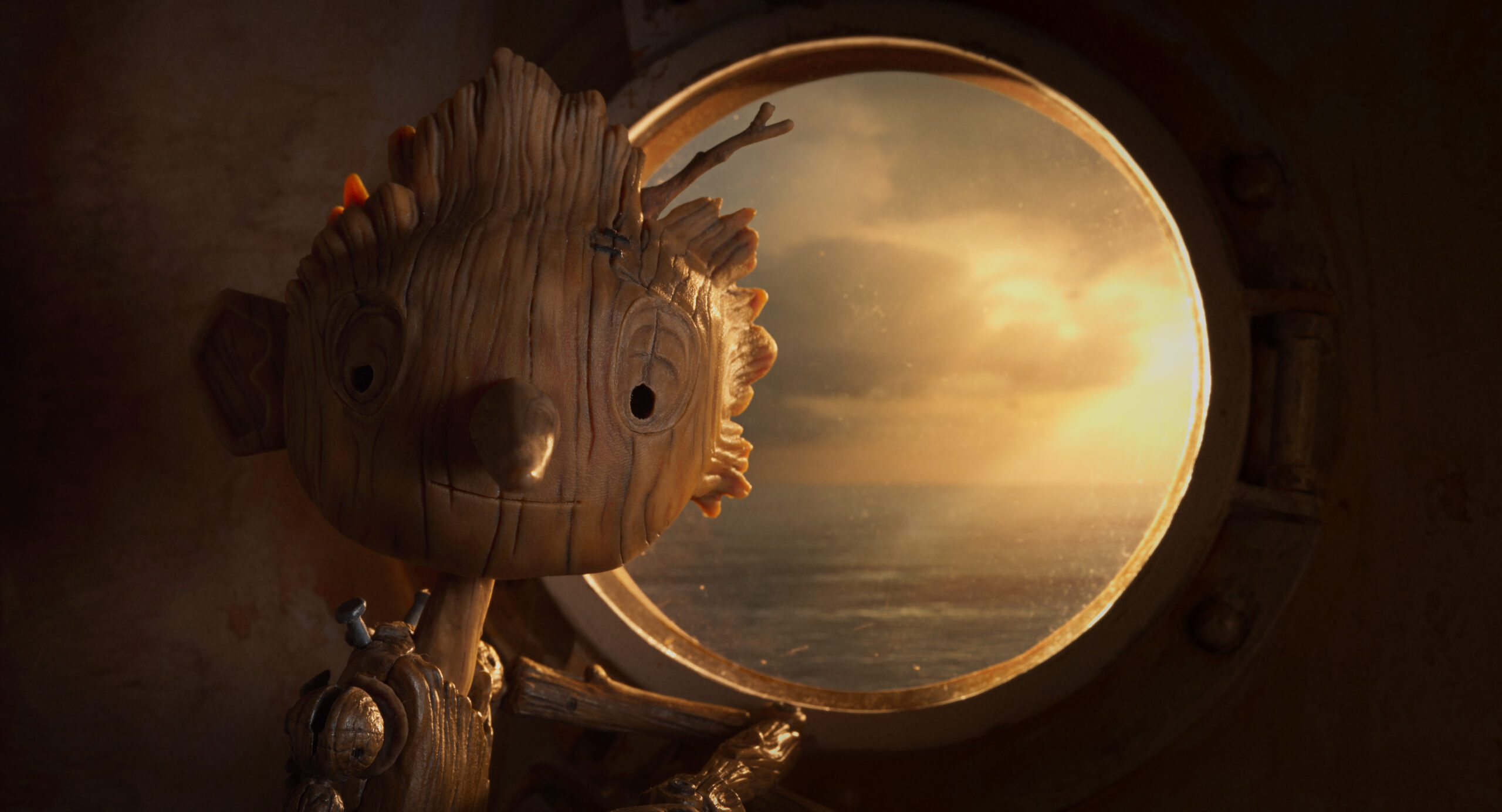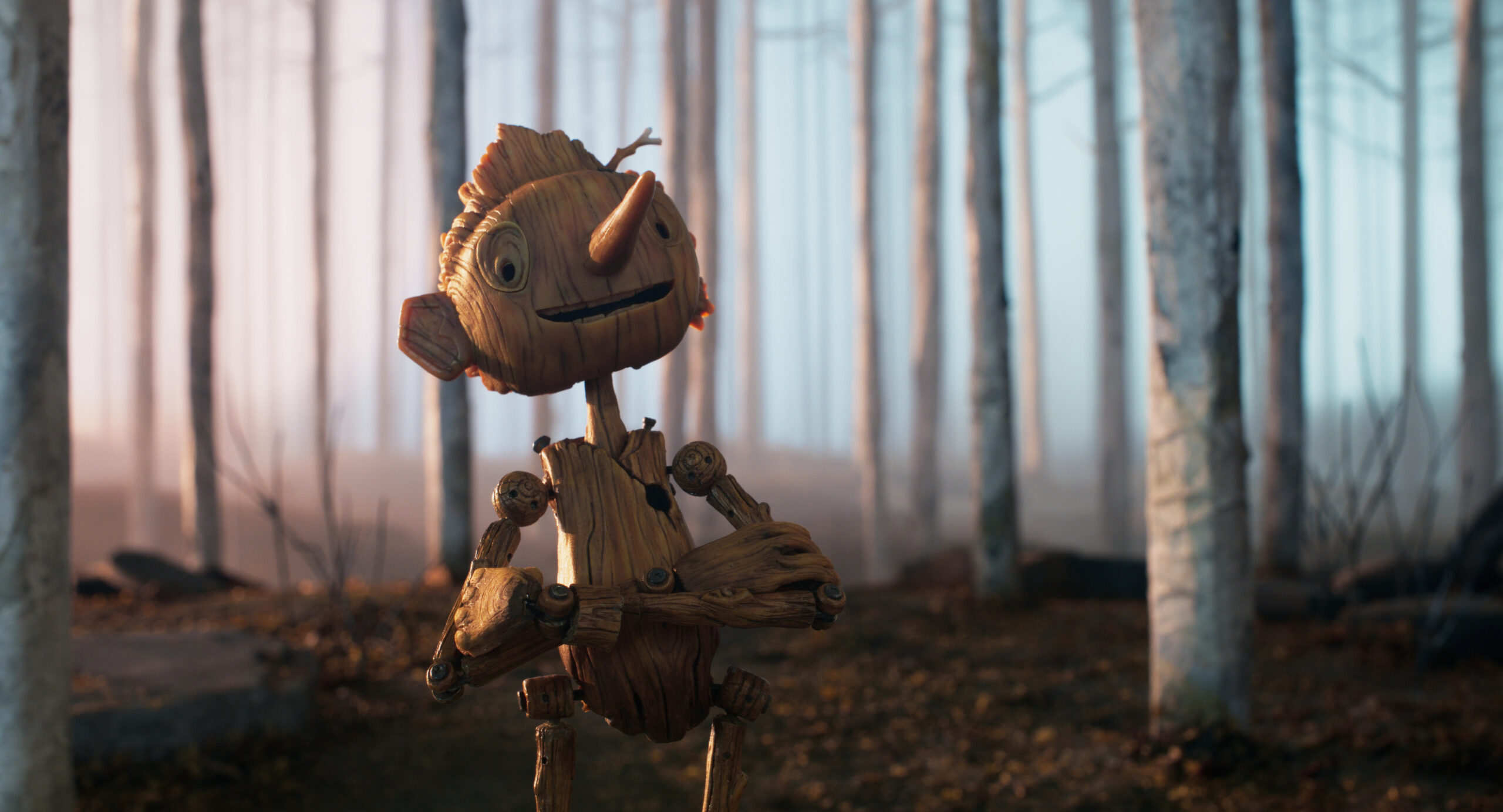It took a full 10 years of development for Guillermo Del Toro’s Pinocchio to hit the screens of Netflix subscribers, bringing the quintessential Italian fairytale to life.
Del Toro embraces all of the Italianness of the project and fits it into a story that aims to be new, different, and not propose anything already seen, but rather bring the entire fairytale into the world that characterizes his unique style perfectly.
Guillermo Del Toro’s Pinocchio – Plot
The Oscar-winning director Guillermo del Toro and the award-winning stop-motion genius Mark Gustafson reinterpret the iconic story of Carlo Collodi. They are sending the legendary wooden puppet on a series of bizarre and fantastic adventures that span various worlds and reveal the vital power of love.
Recensione

Guillermo del Toro’s Pinocchio – (Pictured) Pinocchio (voiced by Gregory Mann). Cr: Netflix © 2022
The great premise of this production is that Del Toro never intended to retell the classic story of Pinocchio. A story we have seen played out in multiple versions since the fairy tale was written and since cinema itself came to life.
Having said this, it is not necessary to emphasize how Del Toro then incorporates his personal vision and all those ranges of themes that are dear to him into the work.
Once upon a time… a piece of wood? No, a pinecone.
The pinecone is the central element of the entire story, and it follows the narrative throughout, starting with the hands of little Carlo (Geppetto’s biological son), becoming the trunk from which Pinocchio is born, and reappearing at the end, completing a full cycle.

PINOCCHIO (Pictured) GUILLERMO DEL TORO. Cr. mandraketheblack.de/Netflix © 2020
The pinecone motif is also recurrent in the film’s visuals, in the design of Pinocchio, some landscapes, and certain settings. The rough wood and craftsmanship are recurring themes. Del Toro’s choice of using stop-motion animation, which took ten years to produce, further highlights these elements in the story.
The child, the puppet, and the other.
The movie starts with a familiar scene where Geppetto and his son Carlo, who is clearly an homage to the author, are building a wooden crucifix for the village church. However, just as they are about to leave, a bombing occurs and the church is destroyed, taking Carlo’s life.

Guillermo del Toro’s Pinocchio – (Pictured) Pinocchio (voiced by Gregory Mann). Cr: Netflix © 2022
Geppetto falls into a deep despair, as he has no body to bury except for the pinecone that he and Carlo had chosen together. His pain is immense, and the world around him seems to be in a different dimension. He continues on with his life, but stops working and starts drinking heavily.
In his time of grief and desperation, Geppetto decides to build a new child from that tree born from that pinecone.
The scene of a dark and stormy night, with lightning and thunder, is a clear reference to Frankenstein, as Geppetto’s goal is not much different from Dr. Frankenstein’s to bring someone who is no longer alive back to life.

Guillermo del Toro’s Pinocchio – (L-R) Count Volpe (voiced by Christoph Waltz) and Pinocchio (voiced by Gregory Mann). Cr: Netflix © 2022
However, Pinocchio is not Carlo and soon realizes he is different. Pinocchio is not a child like all the others. He is and will always be a wooden puppet. A monster in the eyes of society, much like the Frankenstein monster.
The contrast is highlighted by the wooden crucifix also built by Geppetto, which is admired and idolized by the village, unlike Pinocchio.
Pinocchio finds himself in between two worlds, neither the child he cannot be nor the wood that is no longer alive, not knowing to which world he truly belongs or what his true identity is. His journey is to find out who he is and where he belongs.





